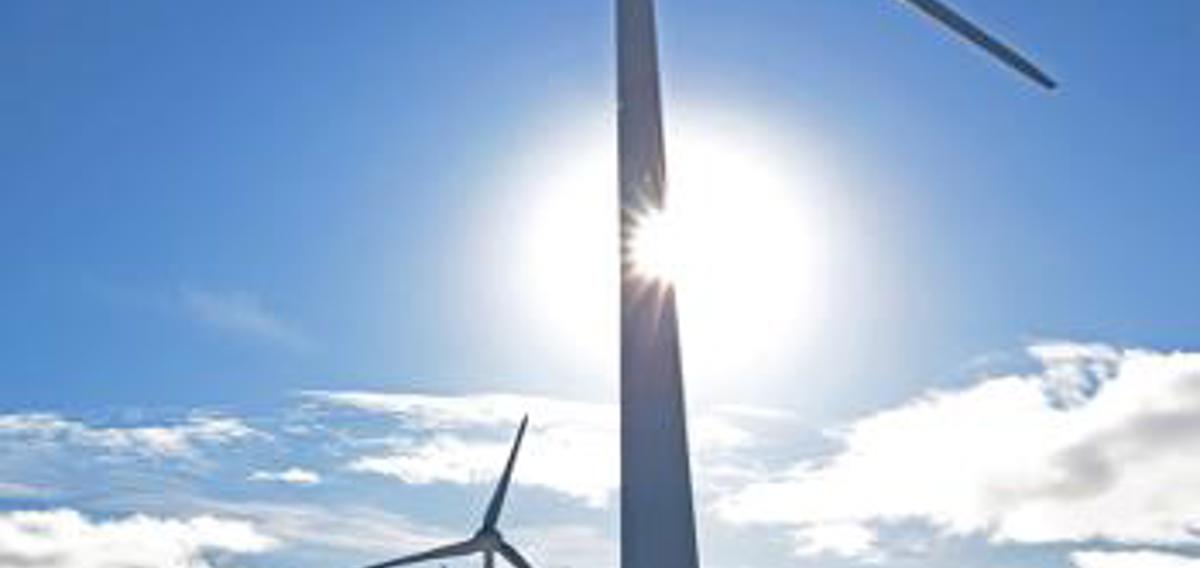Wind and Solar the Highest Priorities for Green Strategy

The green energy strategy focuses on development of sustainable power sources, battery storage, stability of the power grid, cost constraints and supply demand because all these factors need to be integrated into the overall strategy to make the Faroe Islands 100% green by 2030.
A working group comprised of representatives from SEV, the Faroese energy authorities Orka and Danish Energy, together with the consultants Ea Energianalyse and Norconsult, have projected priorities for a green energy strategy - focusing on costs and supply demand in the time period up to 2030.
The results are described in two reports that emphasis on the need for the Faroe Islands to increase the wind energy component of its strategy as soon as possible. In addition, solar arrays need to be installed to increase renewable energy in the summer time, when there may be insufficient precipitation and wind.
Another conclusion in the reports is that SEV should build pumping systems into the hydro energy system between the reservoirs, but the reservoirs may not need to be enlarged as previous estimates indicated. Furthermore the reports concludes that a battery system should be connected to any new wind farm in a similar way to what has been done in Húsahaga.
Tidal power has not yet been sufficiently developed and therefore its exploitation as a form of renewable energy is not economically viable at this point in time. However, SEV is paying great attention to the development of tidal and wave power generation so that these sources of energy will become part of the overall sustainable power strategy as soon as they become economically feasible.
Overall, the reports from Ea Energianalyse and Norconsult conclude that, for the time being, wind and solar power are the primary priorities for sustainable power generation, and, concurrently, work should proceed to build out power storage capacity within the Faroese electricity grid.
